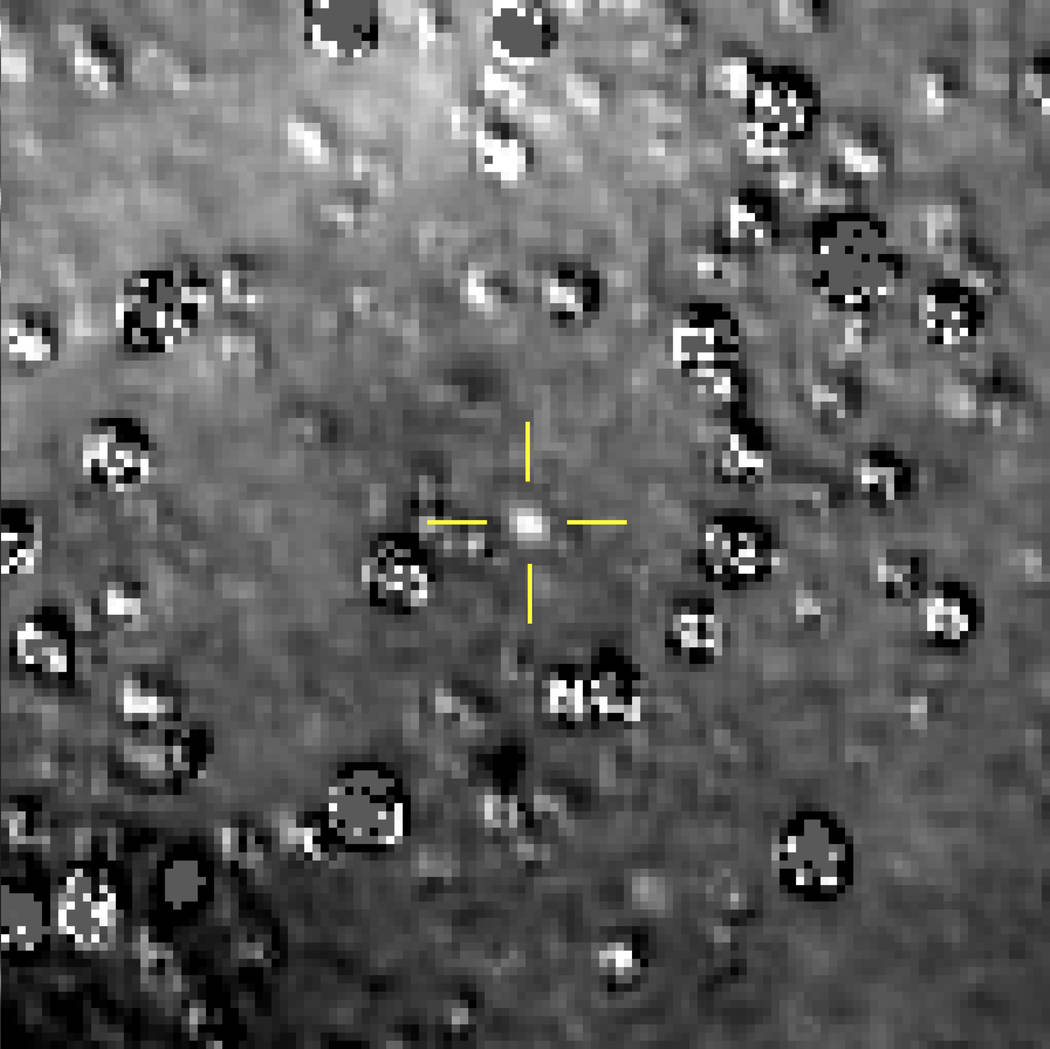NASA spacecraft accomplishes flyby 4B miles from Earth
LAUREL, Md. — NASA’s New Horizons spacecraft has survived humanity’s most distant exploration of another world.
Ten hours after the middle-of-the-night encounter 4 billion miles (6.4 billion kilometers) away, flight controllers in Laurel, Maryland, received word from the spacecraft late Tuesday morning. Cheers erupted at Johns Hopkins University’s Applied Physics Laboratory, home to Mission Control.
“We have a healthy spacecraft. We’ve just accomplished the most distant flyby,” announced Alice Bowman, mission operations manager.
An anxious spill-over crowd in a nearby auditorium joined in the loud celebration, cheering each green, or good, status update. When the spacecraft was finally declared healthy and the flyby successful, scientists and other team members embraced, while hundreds of others gave a standing ovation.
“It’s a great day. Happy New Year!” said Mark Holdridge, a mission manager from Johns Hopkins.
New Horizons zoomed past the small celestial object known as Ultima Thule 3 ½ years after its spectacular brush with Pluto. Scientists said it will take nearly two years for New Horizons to beam back all its observations of Ultima Thule, a full billion miles (1.6 billion kilometers) beyond Pluto. At that distance, it takes six hours for the radio signals to reach Earth.
Scientists did not want to interrupt observations as New Horizons swept past Ultima Thule — described as a bullet intersecting with another bullet — so they delayed radio transmissions. The spacecraft is believed to have come within 2,200 miles (3,500 kilometers) of Ultima Thule.
Weary from dual countdowns late Monday and early Tuesday, the New Horizons team members were visibly anxious as they reassembled in late morning. “Happy New Year again,” they bid one another. But the hundreds of spectators went wild nonetheless when the good news came in.
New Horizons’ 2015 encounter with Pluto was the most distant exploration until Tuesday. The Ultima Thule rendezvous was more complicated, given the distance from Earth, the much closer gap between the spacecraft and its target, and all the unknowns surrounding Ultima Thule.
Scientists know only that Ultima Thule is elongated like a baked potato. Further details will be forthcoming in the days ahead, as New Horizons sends back color close-ups.
The icy rock has been in a deep-freeze preservation state since the formation of our solar system 4.5 billion years ago. Scientists hope to learn about those origins through New Horizons’ observations deep inside the so-called Kuiper Belt, or frozen Twilight Zone, on the fringes of the solar system.
New Horizons will continue to zoom farther away. The hope is that the mission, now totaling $800 million, will be extended yet again and another target will be forthcoming sometime in the 2020s.
Ultima Thule is the first destination to be reached that was not even known until after the spacecraft’s launch. New Horizons rocketed from Cape Canaveral, Florida, in 2006.



















